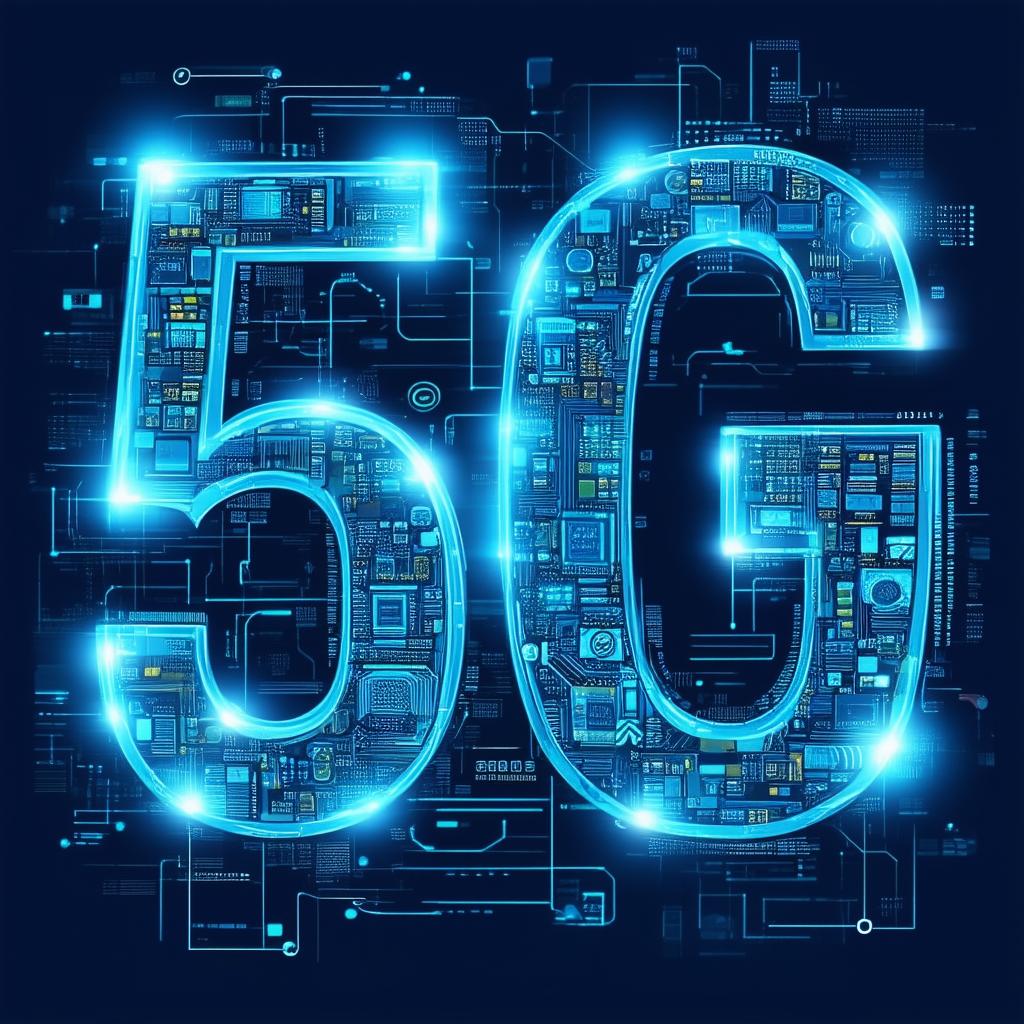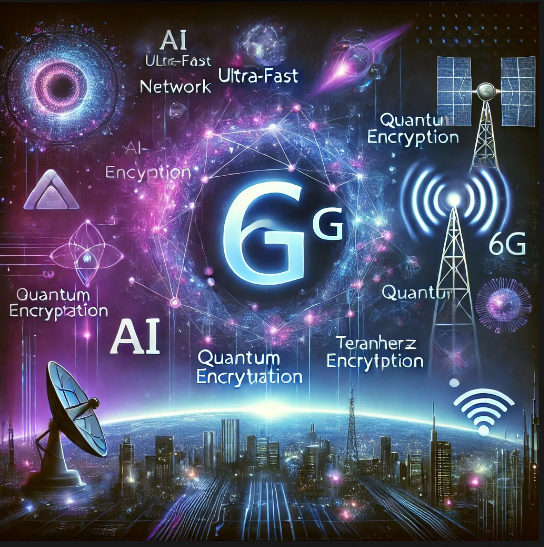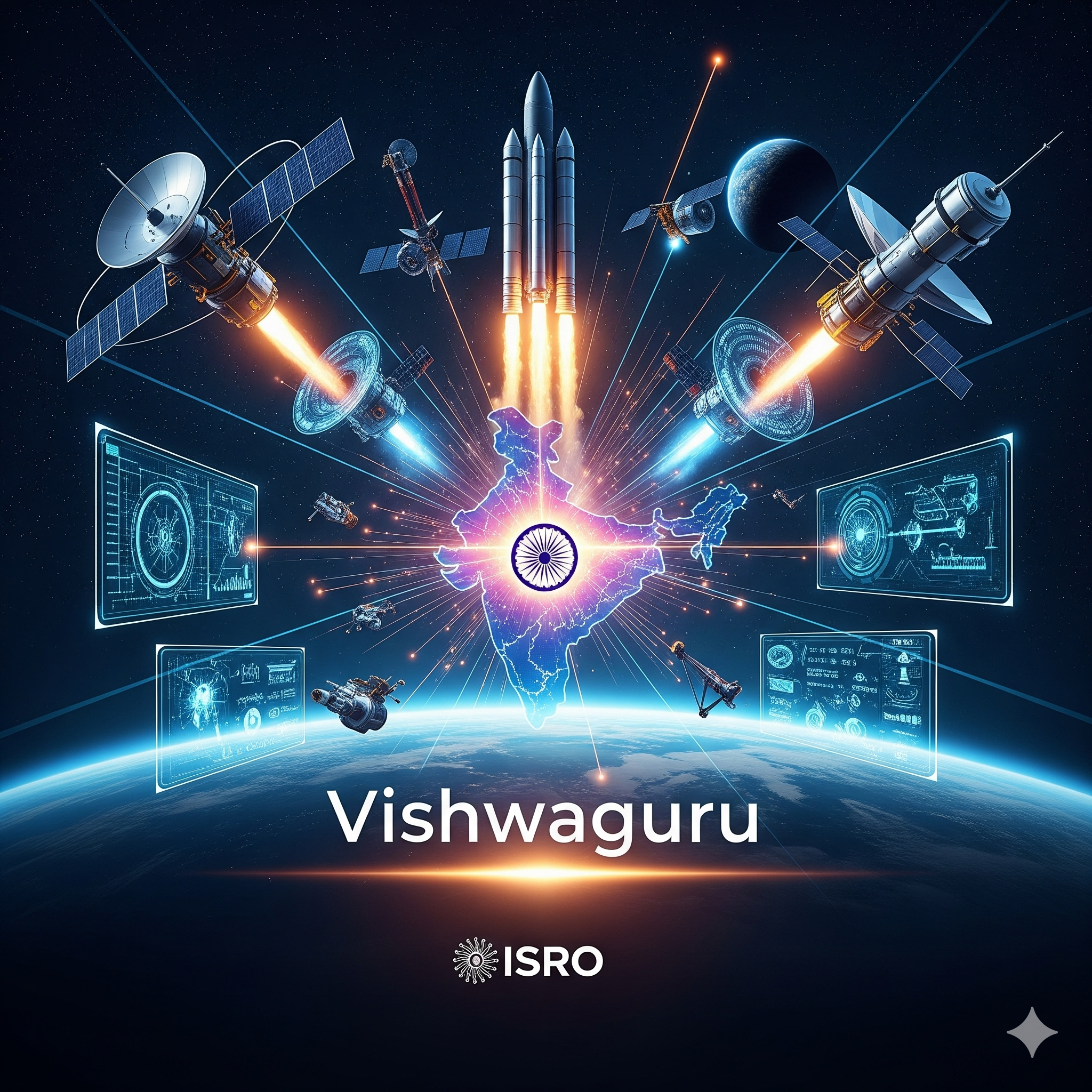Introduction
The rapid evolution of wireless communication has revolutionized human life, with each generation of mobile technology significantly improving connectivity, speed, and efficiency. After 1G introduced voice communication, 2G added text messaging, 3G brought mobile internet, 4G enabled high-speed broadband, and 5G enhanced ultra-fast connectivity with low latency. As the world adapts to 5G, the next frontier—6G technology—is already under research and development.
6G (Sixth Generation) wireless communication aims to transcend 5G’s limitations by offering ultra-high-speed internet, near-zero latency, and unprecedented levels of connectivity through cutting-edge advancements such as terahertz communication, artificial intelligence integration, quantum computing, and holographic communication. While still in the conceptual phase, experts predict that 6G could be operational by 2030, reshaping industries, governance, healthcare, transportation, and everyday life.
This essay explores what lies beyond 5G, highlighting the features, advantages, challenges, applications, and global initiatives surrounding 6G technology.
Evolution of Wireless Technologies: From 1G to 6G
Before delving into 6G, it is essential to understand the technological advancements made in previous generations of wireless communication:
- 1G (1980s): Analog voice communication with large mobile phones and low network capacity.
- 2G (1990s): Introduction of GSM (Global System for Mobile Communications), text messaging, and better voice quality.
- 3G (2000s): Enabled mobile internet, video calling, and faster data speeds.
- 4G (2010s): Provided high-speed broadband and enabled streaming, cloud computing, and smart devices.
- 5G (2020s): Enhanced connectivity with speeds of 10 Gbps, ultra-low latency, and support for IoT, smart cities, and autonomous systems.
Despite 5G’s advancements, it has certain limitations, such as infrastructure costs, energy consumption, and network congestion in dense environments. 6G aims to overcome these challenges by integrating AI-driven communication, intelligent networking, and quantum encryption.

What is 6G Technology?
6G technology refers to the sixth generation of wireless networks that promise:
✅ Data speeds of up to 1 terabit per second (Tbps) – nearly 100 times faster than 5G.
✅ Ultra-low latency (less than 1 millisecond) – reducing response times to near-instantaneous communication.
✅ Terahertz (THz) frequency spectrum (0.1–10 THz) – allowing ultra-high data rates and bandwidth.
✅ AI-driven networks – optimizing real-time data transmission and energy efficiency.
✅ Holographic communication – enabling 3D hologram calls and virtual meetings.
✅ Quantum communication – providing unbreakable encryption and security.
✅ Integration of IoT and Edge Computing – connecting millions of devices seamlessly.
Key Features and Advantages of 6G
1. Terahertz (THz) Communication
One of the most significant breakthroughs in 6G is the use of terahertz frequency bands (0.1–10 THz). This offers higher data speeds, improved signal penetration, and better energy efficiency compared to millimeter waves in 5G.
2. Faster Speeds and Greater Bandwidth
6G will provide speeds up to 1 Tbps, enabling ultra-fast downloads, lag-free cloud gaming, and seamless real-time applications in healthcare, industry, and education.
3. Zero Latency and AI-Driven Networks
6G will integrate Artificial Intelligence (AI) and Machine Learning (ML) to create self-optimizing networks. This will reduce latency to nearly zero, benefiting applications like remote surgeries, autonomous vehicles, and industrial automation.
4. Intelligent Connectivity and Smart Devices
With 6G-powered AI, devices will become more intelligent, automatically adjusting to user needs, improving battery life, and enhancing efficiency in smart cities and IoT ecosystems.
5. Quantum Communication and Security
6G networks will leverage quantum cryptography to ensure secure, hack-proof communication, protecting sensitive data from cyber threats and espionage.
6. Energy-Efficient and Sustainable Networks
Compared to 5G’s high energy consumption, 6G will focus on energy efficiency, using intelligent power-saving mechanisms and renewable energy integration.
7. Holographic and Immersive Communication
6G will revolutionize digital interaction with holographic calls, virtual reality (VR), and augmented reality (AR), transforming entertainment, gaming, and remote collaboration.
Challenges and Limitations of 6G
Despite its promising potential, 6G faces several challenges:
1. Infrastructure and High Deployment Costs
6G networks require new infrastructure, advanced satellites, and an extensive fiber-optic backbone, leading to massive costs for governments and telecom companies.
2. High Power Consumption
Operating at THz frequencies demands significant power, raising concerns over energy sustainability and environmental impact.
3. Health and Environmental Concerns
Potential effects of THz radiation on human health and ecological systems remain uncertain, requiring extensive research.
4. Cybersecurity and Quantum Threats
While quantum encryption enhances security, quantum computing could break existing cryptographic systems, creating new cybersecurity challenges.
5. Global Standardization and Regulation
Achieving global consensus on 6G frequency bands, regulations, and interoperability remains a challenge due to geopolitical tensions and technological disparities.

Potential Applications of 6G
The 6G revolution will impact various sectors, including:
1. Healthcare and Telemedicine
- AI-assisted robotic surgeries with zero-latency connectivity.
- Holographic medical consultations and real-time patient monitoring.
2. Smart Cities and IoT
- Autonomous traffic management using AI and real-time data.
- Smart homes and connected infrastructure improving energy efficiency.
3. Space Exploration and Interplanetary Communication
- 6G-powered satellites enabling deep space communication.
- AI-driven interstellar research for Mars and Moon exploration.
4. Defense and National Security
- Quantum-secure military networks resistant to cyberattacks.
- AI-powered autonomous defense systems ensuring national security.
5. Industry 4.0 and Automation
- 6G-enabled smart factories using robotics and IoT.
- AI-driven predictive maintenance minimizing downtime in industries.
Global Developments in 6G Technology
Several countries and organizations are leading the 6G research race:
- China: Launched the world’s first 6G satellite in 2020 for THz communication.
- United States: Companies like Qualcomm, Intel, and NASA are investing in 6G research.
- European Union: The Hexa-X project aims to develop 6G standards by 2030.
- India: The Department of Telecommunications (DoT) has initiated Bharat 6G Vision 2030 to boost indigenous 6G development.
- Japan and South Korea: Samsung and NTT Docomo are collaborating on 6G technology trials.
Conclusion: The Future of 6G and Beyond
The evolution from 1G to 5G has transformed global connectivity, but 6G is poised to redefine the digital landscape. By integrating AI, quantum communication, THz waves, and edge computing, 6G will push the boundaries of speed, security, and intelligence.
However, its high costs, infrastructure demands, and security concerns require collaborative efforts among governments, scientists, and industries. India must invest in indigenous 6G development to become a global leader in next-generation communication technologies.
As we step into the era of 6G, it is clear that what lies beyond 5G is not just faster internet but a smarter, more connected, and futuristic world.




